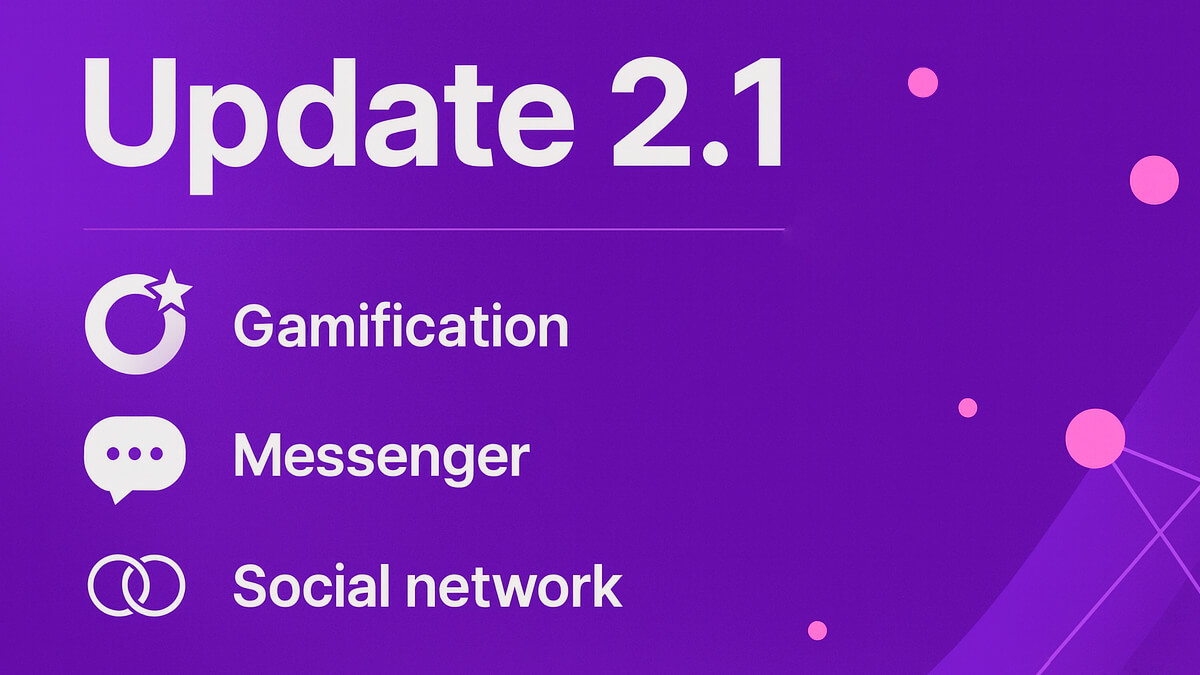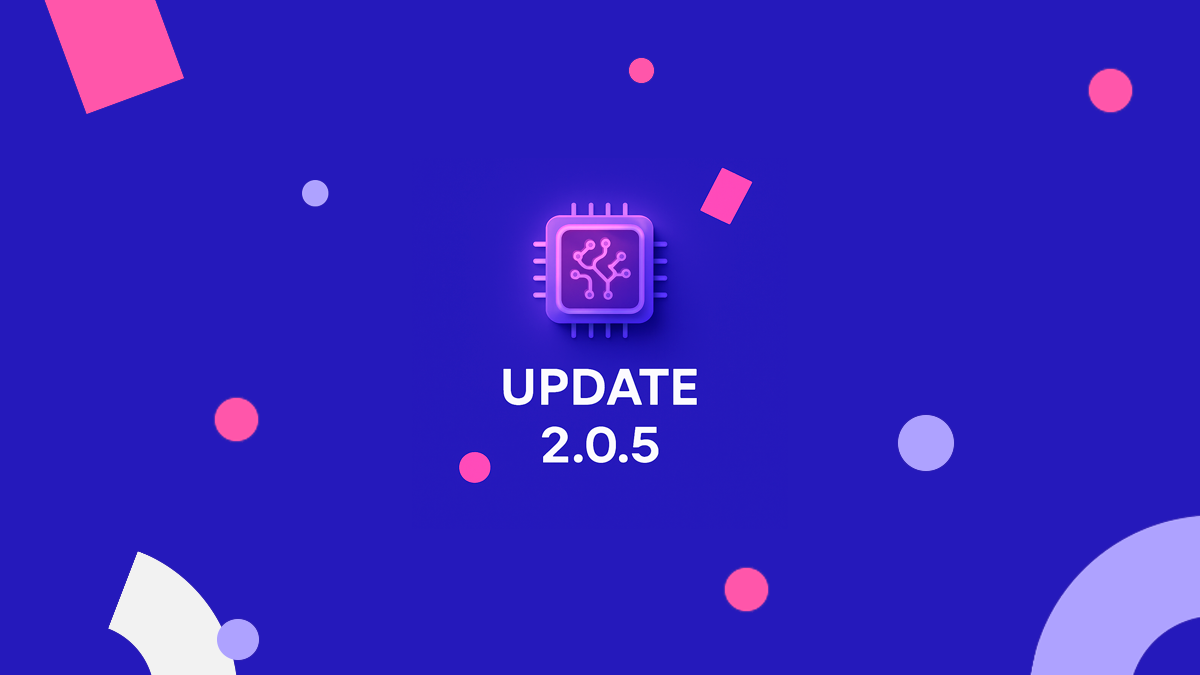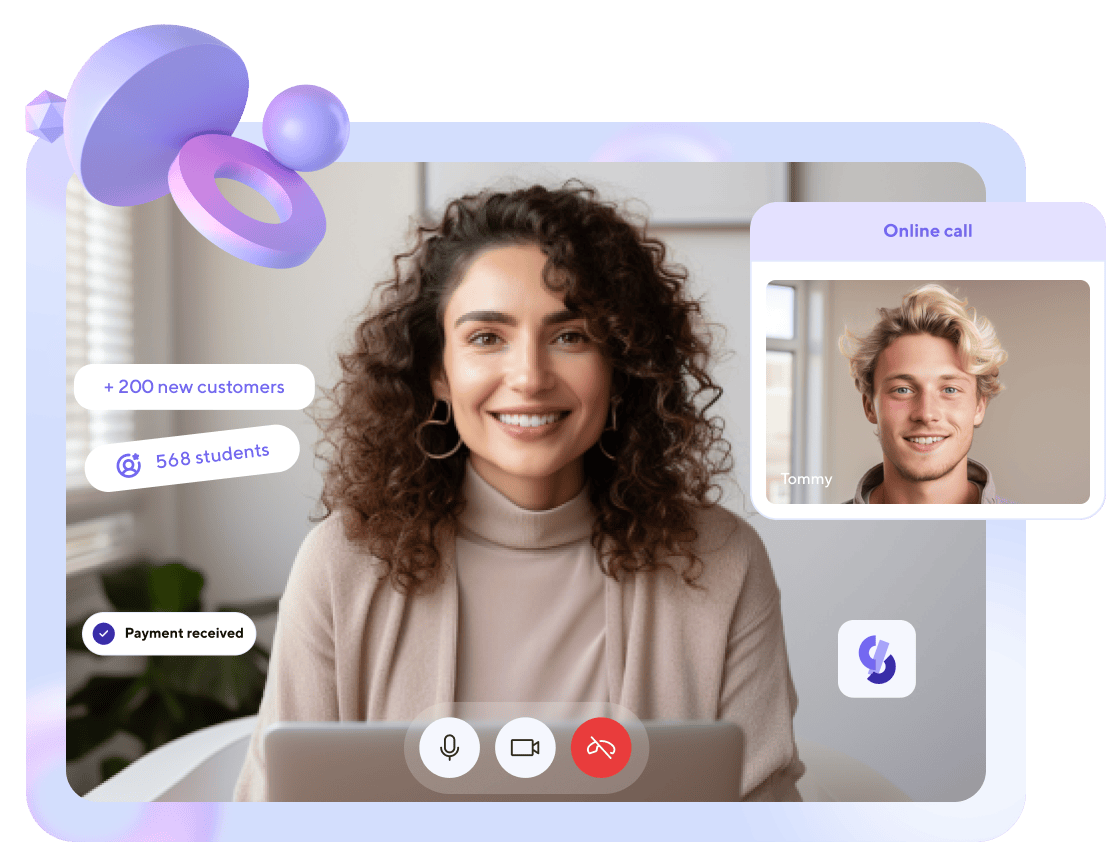How to Sell More Courses Without Being Pushy: 4 Upsell Strategies That Work

When a student finishes a course, a familiar question often arises: how can you invite them to continue learning so that it feels like genuine care, not just another sales attempt?
This is the perfect moment for a natural upsell. The student has just completed the course, achieved a result, and gained confidence in their abilities. They trust you and are ready to move forward. If you offer the next step at this time, it’s perceived not as advertising but as a logical continuation of their journey. You’re not “selling” — you’re helping them grow.
The key is to make the offer relevant and personalized. If a student completed a copywriting course, suggest training on building a portfolio or finding clients. If it’s an English course, offer a speaking club or exam preparation. The person sees value, not a sales pitch.
Today we’ll look at four approaches that help turn one-time clients into a loyal community that grows and evolves with you.
Bundles Work Better
Selling one course is good. But selling a solution that meets the student’s entire need is much better. That’s why the course bundle approach works so effectively. When a person sees a logically connected set of courses offered at a fair price, they stop feeling like something is being pushed on them. Instead, they feel cared for — as if someone has thought through a convenient, well-designed learning path for them.
This approach is especially effective when the courses are structured in sequence — from beginner to advanced. For example, a design school might combine three programs: “Fundamentals of Graphic Design,” “Adobe Illustrator from Scratch,” and “Branding for Freelancers.” Each course has value on its own, but together they form a complete skill set. And when students see that buying a bundle gives them a discount or a bonus module, they make the decision much faster.
The goal is not just to lower the price but to clearly highlight the value. Explain that by purchasing the bundle, the student saves not only money but also time choosing the next course. They get a clear learning structure and confidence that all topics are aligned. This creates the effect of an “educational pathway,” where the student doesn’t need to figure out what to do next.
Practical example
An online marketing school tested two offer types: a standalone targeting course at the regular price, and a three-course bundle — “SMM Strategy,” “Targeted Advertising,” and “Content Marketing” — with a 20% discount. The result was surprising: 64% of students chose the bundle. The reason is simple — they saw logic and completeness in the learning journey.
To make a bundle truly sell, focus on its presentation:
- Add a short description explaining how the courses are connected.
- Use visuals: arrows, steps, or an “educational route” showing each stage.
- Emphasize that buying the bundle provides not just a discount but a complete outcome (for example, “from beginner to first client”).
A bonus system also works well: for instance, the bundle might include a free consultation, access to a graduate community, or templates to apply the knowledge in practice. This reinforces the feeling of care and makes the offer more valuable without lowering the price directly.
Another important detail is timing. It’s best to present the bundle not only at the sales stage but also during the course. For example, at the end of the second module, you could gently say: “Next, we explore this topic in more depth in the ‘Advanced Level’ course. It’s part of our professional package for those who want to develop systematically.” This sounds natural and motivates progress without pressure.
The “bundle works better” approach succeeds not because students want discounts but because they want a complete learning path. And when you offer that path, the sale happens naturally — as a logical next step in their education.
Early Access
People like to feel part of an “inner circle,” especially if they’ve already completed a course and trust your brand. That’s why the “early access” format works not only as a sales tool but also as a way to express gratitude to your graduates. You’re not just offering them to be the first to buy a course — you’re giving them a sense of belonging and privilege.
The idea is simple: before announcing a new or updated course publicly, give your alumni an exclusive opportunity to register early — perhaps with a discount or bonus. This creates a sense of limited availability without artificial pressure. After all, your former students already know the quality of your product and value the trust you show them.
How it can look in practice
- You send your graduates a personalized email thanking them for completing the course and saying:“We’re preparing a new program — and we want you to be the first to know about it.”
- You provide access to a registration page that isn’t yet open to the general audience.
- You add a bonus — for example, participation in a private webinar with the instructor, a checklist, or extended access to materials.
The result is that students feel their participation in the previous course matters, and the school appreciates their loyalty. It’s not just an incentive to buy — it’s a gesture of respect that strengthens your relationship.

For instance, a psychology online school, before launching a new course called “Working with Clients in Crisis States,” offered early access only to graduates of the previous course, “Basic Counseling Techniques.” Within the first three days, they filled 70% of the group — without any advertising. People shared the offer in chats and on social media because they felt part of a community.
To make this approach work systematically, consider turning “early access” into a regular practice. You can create an alumni club or an internal list where members receive announcements earlier than others. This increases engagement, drives repeat sales, and helps maintain contact even months after the course ends.
The key is not to turn “early access” into a marketing trick. If you’re genuinely offering something valuable and honestly limiting access to graduates only, people can tell. Then each launch becomes not just a sale but a continuation of partnership.
Try for Free
Sometimes the best way to convince someone of your product’s value is simply to let them experience it. That’s why the “try for free” strategy works so well in online education. It’s not about giving away content for nothing, but about creating a safe space where a student can make sure the next course truly suits them.
For graduates of previous programs, this approach feels especially natural. They already know your teaching style, lesson format, and instructor approach. But a new course means a new level of difficulty, and it’s natural for someone to want to “try it” before investing time and money. Give them that opportunity.
How to implement it
- Open access to the first lesson or module of the new course. Make it complete — not promotional, but genuinely useful.
- Add a short message after the lesson: “If you liked the format, continue learning in the full course.”
- Or organize a “demo day” — one open live session where students can meet the instructor, ask questions, and evaluate the teaching style.
Practical example
An online UX design school gave access to the first lesson of the course “Interfaces for Mobile Applications” only to graduates of the basic level. 38% of those who watched the demo purchased the full course within a week. And importantly, they came without any additional advertising, only through an email campaign.
The beauty of this model is that it removes resistance. When a student sees the real lesson format, assignments, and atmosphere, they no longer doubt whether the course is right for them. The decision to buy happens naturally, through experience, not pressure.
Another interesting option is the “open first step.” For example, you give access to the first course assignment, but the following steps require registration for the full program. This way, the student feels that learning has already begun and wants to finish what they’ve started.
Important: don’t try to “pack” too much advertising into the free lesson. The student should receive real value, not feel like they’ve just watched a trailer. The more honestly you demonstrate the quality of your teaching, the greater the trust — and trust, not discounts or bonuses, is usually the deciding factor in a purchase.
The “try for free” approach works because it gives the student choice and freedom. And in education, freedom is the best argument for making a purchase.

Feedback = Bonus
Feedback isn’t just social proof — it’s an invaluable source of growth for any online school. It helps you understand what truly works and what needs improvement. But students often don’t have time to write detailed feedback. That’s why it’s worth making this process enjoyable and rewarding — then it becomes not a formality, but a meaningful part of your interaction with the student.
The “feedback = bonus” approach is based on a simple principle: people are more willing to share their experience if they see real benefit in it. Invite graduates to leave detailed feedback about the course — and thank them not just with words but with a tangible bonus: a significant discount, a gift certificate, or access to extra materials.
How to implement it
1. Create a clear feedback form. Instead of a dry “leave your feedback,” ask a few specific questions:
-
- What was most valuable for you in the course?
- What could be improved?
- What personal value did you gain?
This format not only encourages detailed answers but also gives you valuable analytics for improving the program.
2. Explain why the feedback matters. When students understand that their words actually influence the course development, they respond with more engagement. It creates a sense of partnership, not a transactional “discount for a comment” exchange.
3. Add an element of pleasant surprise. For example, after submitting their feedback, the student receives an email saying: “Thank you for your honest feedback! As a token of appreciation, you get 25% off any next course within three months.” This feels like care, not manipulation.
Practical example
An online language school launched a “Feedback = Bonus” program. After each course, students were invited to leave a video review or fill out a short survey in exchange for a 30% discount on the next level. The result — the number of reviews tripled, and repeat sales grew by almost 40%. People not only continued learning more willingly but also enthusiastically recommended the school to their friends.
Another effective option is to add a gamified element. For instance, announce a monthly draw among those who shared feedback — the winner receives a free course or a one-on-one consultation. This creates a positive dynamic and motivates even those who usually avoid writing reviews.
Equally important is how you respond to feedback. Thank students publicly, share some reviews on course pages, and add short team comments like: “We’ve incorporated this suggestion into the updated version of the program.” This openness shows that the school doesn’t just collect opinions — it truly listens to its audience.
The “feedback = bonus” approach helps you achieve two goals at once — increase student loyalty and improve your product. And importantly, it’s not a typical marketing trick, but a way to build mutual trust. When people feel their opinion matters, they gladly stay with you — to keep learning and keep buying.
Selling additional courses isn’t about pressure or marketing tricks. It’s about care, consistency, and logic in the learning journey. When you help students take the next step, show them how to keep growing and apply what they’ve learned — it feels like support, not a sale.
Bundles, early access, free trial lessons, and bonus-for-feedback systems are different tools, yet they all revolve around one idea: giving students a sense of value and belonging. People want to know their success matters to you, that the school doesn’t end after the last lesson. And that’s exactly when they stay with you for the long run.
With Softbook LMS, you can not only create your own online courses and manage student learning conveniently but also:
- automate sales
- offer bundles
- sell standalone materials and more.
Articles are good, but social media posts are faster!
Subscribe to us and be the first to receive tips and tricks
on promoting your online school!


Earn money on your knowledge and experience with
Softbook!
to the platform for setting up your own school!





